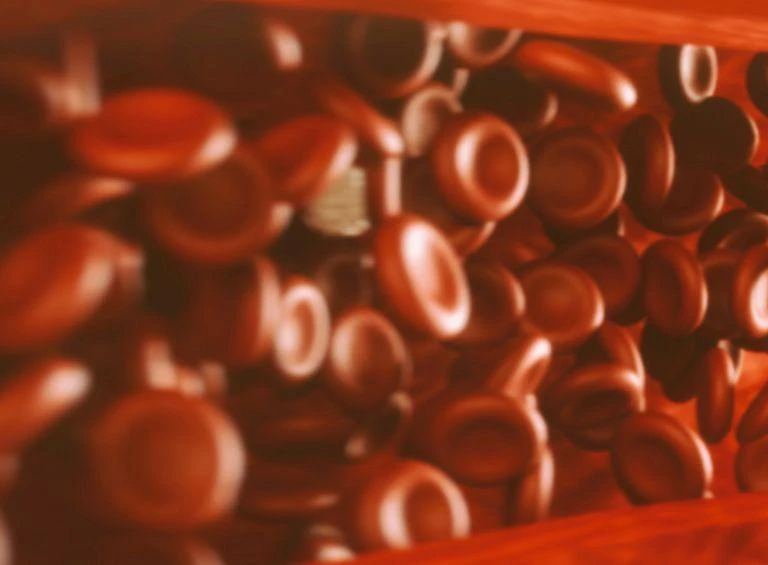De-escalation of DAPT for ACS

Efficacy and safety of dual antiplatelet therapies for Acute Coronary Syndrome.
This systematic review and network meta-analysis showed that for acute coronary syndrome (ACS), de-escalation of dual antiplatelet therapy (DAPT) was the most effective strategy, with fewer bleeding events and without increased ischemic events.
Key Takeaway
- Among patients with ACS treated with different DAPT strategies:
- De-escalation from a potent P2Y12 inhibitor to clopidogrel or low-dose prasugrel 1 month after percutaneous coronary intervention (PCI) was the most effective strategy.
- In indirect comparisons, ischemic or bleeding outcomes did not differ significantly between de-escalation to clopidogrel and de-escalation to low-dose prasugrel.
- Ticagrelor reduced the risk of cardiovascular death and stent thrombosis compared with clopidogrel but increased the risk of bleeding.
- Standard-dose prasugrel and ticagrelor did not differ significantly in any ischemic or bleeding outcomes, except for stent thrombosis.
Why This Matters
- DAPT (aspirin + P2Y12 inhibitor) is currently the treatment of choice for preventing ischemic events in ACS. However, balancing the risks of ischemia and bleeding is crucial when selecting an appropriate antiplatelet therapy.
Study Design
- Inclusion criteria for randomized controlled trials (RCTs): ≥2 comparator arms, including P2Y12 inhibitors; patients with ACS, regardless of revascularization; oral P2Y12inhibitor treatment (clopidogrel, ticagrelor, or prasugrel); reporting of cardiovascular outcomes of interest; and follow-up period of ≥6 months
- Key exclusion criteria for RCTs: DAPT de-escalation based on genotype or platelet function testing; pharmacokinetic/pharmacodynamic study designs
- Primary efficacy outcomes: Composite of cardiovascular death, myocardial infarction (MI), and stroke
- Secondary efficacy outcomes: All-cause death, cardiovascular death, MI, stroke, and stent thrombosis
- Primary bleeding outcome: Combination of major or minor bleeding
- Secondary safety outcome: Major bleeding
Key Results
- In total, 15 RCTs (55,798 patients with ACS) were included.
- Five DAPT strategies were compared: Aspirin + clopidogrel, aspirin + ticagrelor, aspirin + standard-dose prasugrel, aspirin + low-dose prasugrel, and de-escalation of aspirin + standard-dose ticagrelor/prasugrel to aspirin + clopidogrel or low-dose prasugrel after 1 month of PCI
- Primary efficacy outcome: The five DAPT strategies did not differ significantly in the primary efficacy outcome (high heterogeneity: I2 = 55.3%, P = 0.007); however, there was no significant inconsistency (P = 0.269)
- Secondary efficacy outcomes: The risk of all-cause death did not differ significantly among the 5 DAPT strategies
- DAPT de-escalation reduced risk of cardiovascular death vs clopidogrel (hazard ratio [HR] = 0.24, 95% confidence interval [CI]: 0.09–0.68), ticagrelor (HR = 0.29, 95% CI: 0.10–0.83), standard-dose prasugrel (HR = 0.27, 95% CI: 0.10–0.77), and low-dose prasugrel (HR = 0.26, 95% CI: 0.09–0.74).
- Ticagrelor significantly reduced cardiovascular death vs clopidogrel
- Compared with clopidogrel, standard-dose prasugrel significantly reduced MI (moderate heterogeneity: I2 = 43.9%, P = 0.045).
- Five DAPT strategies did not differ significantly in stroke risk (low heterogeneity: I2 = 20.5%; P = 0.162).
- DAPT de-escalation reduced risk of cardiovascular death vs clopidogrel (hazard ratio [HR] = 0.24, 95% confidence interval [CI]: 0.09–0.68), ticagrelor (HR = 0.29, 95% CI: 0.10–0.83), standard-dose prasugrel (HR = 0.27, 95% CI: 0.10–0.77), and low-dose prasugrel (HR = 0.26, 95% CI: 0.09–0.74).
- Primary bleeding outcome: DAPT de-escalation reduced the risk of primary bleeding (HR = 0.48 [95% CI: 0.30–0.77] vs clopidogrel; HR = 0.32 [95% CI: 0.20–0.52] vs ticagrelor; HR = 0.36 [95% CI: 0.24–0.55] vs standard-dose prasugrel; and HR = 0.40 [95% CI: 0.22–0.75] vs low-dose prasugrel)
- Secondary safety outcome: Clopidogrel vs ticagrelor significantly reduced major or minor bleeding (HR = 0.67 [95% CI: 0.53–0.85]) as well as major bleeding.
- DAPT de-escalation was the most effective in reducing the primary efficacy outcome (P-score = 0.904) and bleeding events (P-score = 0.999) as well as preventing all-cause death (P-score = 0.933) and cardiovascular death (P-score = 0.993).
- Low-dose prasugrel was the most effective treatment for stroke (P-score = 0.613) and stent thrombosis (P-score = 0.780).
- Prasugrel and clopidogrel were the most effective treatments for MI (P-score = 0.805) and major bleeding (P-score = 0.728), respectively.
Limitations
- Network meta-analysis of trial-level data (and not individual patient data)
- De-escalation to monotherapy/racial or regional differences not evaluated
- Trials using genotype-guided selection of P2Y12 inhibitors or platelet function testing not included
- No RCT investigated efficacy and safety of de-escalation to low-dose ticagrelor
- Results of de-escalation attributable to one strategy vs other
- Definition of primary efficacy outcome and bleeding events differed among trials
- Percentage of patients undergoing revascularization likely differed in each group
- ACS-presentation based analysis could not be performed
- Pooling risk ratio/HR could yield different results if analyzed separately
Reference
- Shoji S, Kuno T, Fujisaki T, Takagi H, Briasoulis A, Deharo P, et al. De-escalation of dual antiplatelet therapy in patients with acute coronary syndromes. J Am Coll Cardiol. 2021;78(8):763–777. doi: 10.1016/j.jacc.2021.06.012. PMID: 34275697.
Related articles
MAT-BH-2300017/v1/Jan2023

.webp/jcr:content/p2y12-inhibitors%20(1).webp)